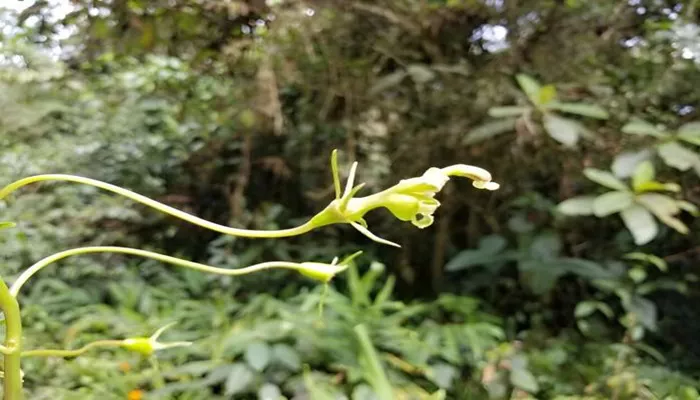New research published in New Phytologist highlights how long stems in flowers, which are pollinated by bats, offer an evolutionary advantage. These long stems help the flowers stand out from their surroundings, making them easier for bats to find.
The study found that in simple environments without much foliage, bats did not take significantly different amounts of time to locate flowers with either long or short stems. However, in more complex environments filled with leaves and flowers, bats took almost twice as long to find short-stemmed flowers compared to those with long stems.
Researchers suggest that flowers with long stems are more easily detectable to bats because they stand out against background clutter during echolocation. This adaptation likely helps bats find these flowers more efficiently.
Nathan Muchhala, Ph.D., of the University of Missouri, St. Louis, the study’s corresponding author, noted, “This work suggests that long stems make bat-pollinated flowers more ‘visible’ to bats, similar to how bright red petals help hummingbirds locate their flowers.”


